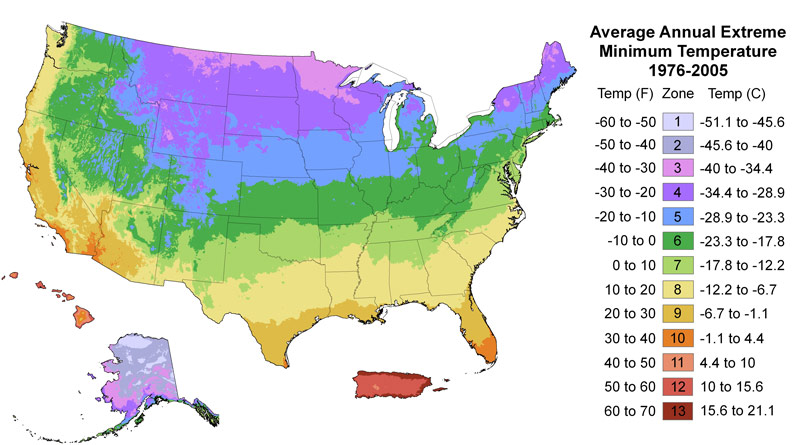Pakistan White Mulberry Tree ‘Saharanpur’
The Pakistan White Mulberry tree produces very long (3-4 inch), greenish yellow fruits that are very sweet and delicious. The fruit is slightly less juicy than the Red Mulberry, but just as sweet. It has a flavor that is reminiscent of honey and it produces an abundance of fruit that is ripe in the Summer. Eat them fresh off the tree or dried. Make jams, jellies, and marmalades for your friends and family. The Pakistan White Mulberry tree grows fast in the full sun and provides great shade. Pakistan White Mulberry tree is a strong Winter deciduous fruit tree with beautiful large heart-shaped leaves that drop in the Fall for Winter dormancy.
Not compatible with your zone (2a)
General Plant Information
Pakistan White Mulberry – Information and Tree Care
Plant Pakistan White Mulberry tree in the full sun to grow large and provide nice shade. Allow plenty of space away from buildings and sidewalks to prevent damage. Water regularly during the Spring to Summer growing season and harvest fruit in the Summer. Reduce the irrigation frequency during the Fall as the weather cools down. Discontinue irrigation during the Winter while the tree is dormant.
Prune in the Winter to manage the size and shape of the tree.
- White Pakistan Mulberry trees are vigorous and easy to grow.
- Lay down a sheet on the floor, then shake your mature tree to drop fruit to collect a large harvest.
- Begin watering in the Spring once your tree leafs out.
- Increase watering frequency as it becomes hot in the Summer.
- Use organic fertilizers for blossoms and fruit during the Winter to increase fruit.
- Organic growth fertilizers with natural nitrogen provide nutrients for trees to grow during the Spring and summer.
- Plant in well-draining soil.
Additional Information
Chill Hours: Less than 200 hours below 45°FPlant Type: Deciduous
Pollination: Self-Fruitful / Self Pollinating
USDA Hardiness Zones: 4-10
Planting Information
Soil and Planting: Plant in soil that drains well. Dig a hole that is as deep as the tree’s roots and at least twice as wide.
Place the tree in the hole and backfill around the plant’s roots with a mixture of the native soil and high-quality planting mix that has washed sand and organic fertilizer.
Create a basin around the roots drip zone so that water collects. Water deeply until the roots and nearby soil is saturated and reaches field capacity.
Plant Care Information
Limited Guarantee and Returns
Compatibility
The two factors that determine if a deciduous fruit trees will grow well and produce fruit in a certain area are the Chill Hour Requirement and the Cold Hardiness. “Chill hours” are the amount of cold a deciduous fruit tree need to produce fruit. This is measured in the number of hours below 45 degrees Fahrenheit a plant must experience during its winter dormancy. Paradise Nursery only grows Low Chill fruit trees that meet the chill requirements of all areas of the United States.
The second factor is Cold Hardiness. Cold Hardiness refers to the minimum temperature a plant can tolerate. The USDA’s Cold Hardiness Zones indicate the average minimum winter temperatures of areas. Based on the shipping zipcode, our website will only allow you to add plants to your cart that grow within your USDA Hardiness Zone, and tolerate your climate.
Pollination & Propagation
(Grafting/Cutting) Most of Paradise Nursery’s edible plants are self-fruitful. Self-pollinating trees do not require an additional tree to produce fruit. For your convenience, we have indicated which trees require a pollinator, and their associated pollinators. Only the sweet cherries, avocados, and some plums require a pollinator. All of our other propagated edible plants do not require a pollinator. All of our edible plants are either grown from cuttings, budded, or grafted. This way, we can ensure that our plants are high quality and fruit immediately. Plants will generally begin fruiting within a year of planting.







